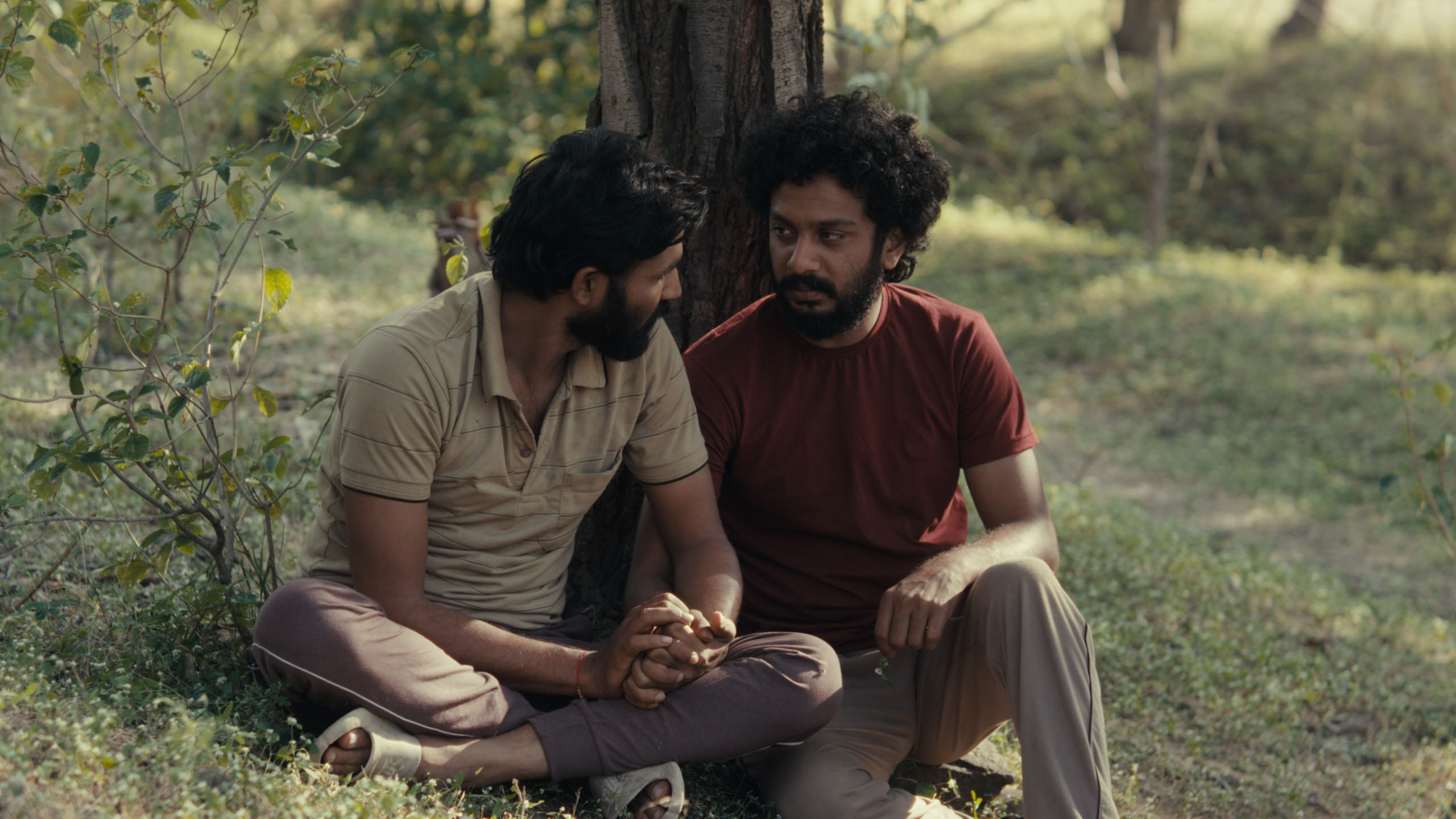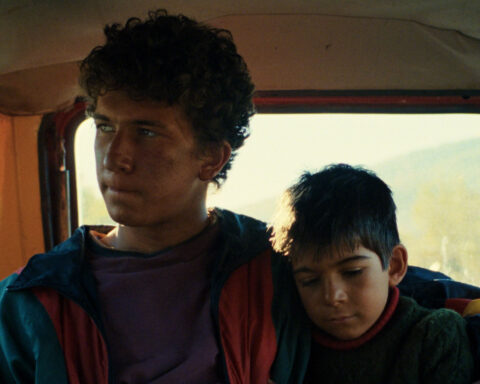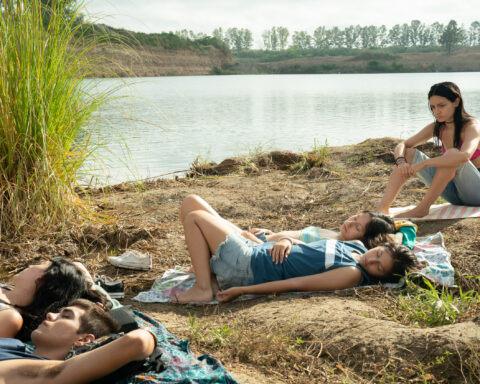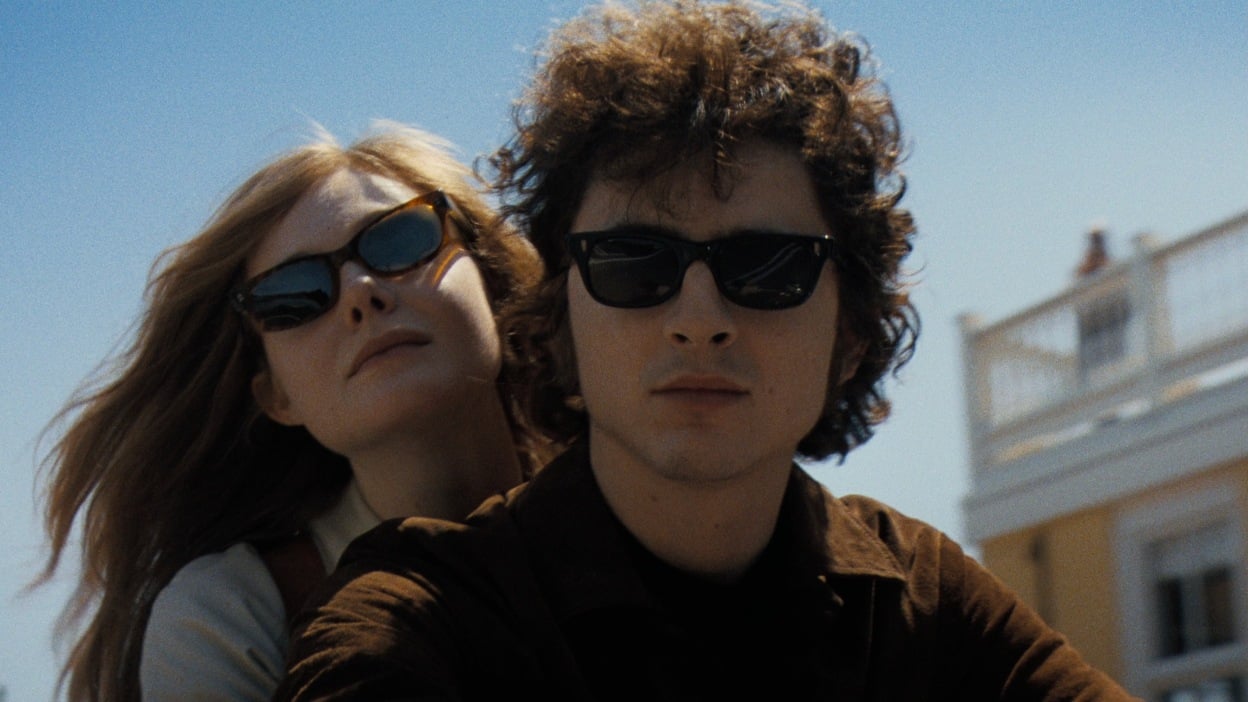Dramatic films that deal with the quest for identity and the unending struggles of acceptance often portray the central characters with a sympathetic lens that elicits immediate empathy. Rohan Parashuram Kanawade’s Marathi-language feature Sabar Bonda (Cactus Pears) defies this convention, bringing a rarely explored perspective to the screen with a degree of eloquence and calm beauty. Lyrical yet deeply grounded in its character world, it achieves a breathtaking balance. This is filmmaking at its subtlest: focused on characters while exploring universal themes of individuality, family, and, most importantly, masculinity sans being preachy or moralizing. Thematically it grapples with weighty and meaningful motifs with remarkable sensitivity and offers an intimate and insightful portrayal of the protagonist’s inner turmoil. This deeply personal exploration leaves an acute impact as if we are directly experiencing the character’s thoughts and emotions. Thus, the viewing experience leaves us feeling mentally sharper and physically refreshed.
Sabar Bonda begins with Anand (Bhushan Manoj) and his mother, Suman (Jayshri Jagtap), waiting in a hospital for relatives to appear after his father, Kailash, has died. Suman decides to spend the 10-day mourning period for Kailash in their ancestral home in a village in Maharashtra. Anand has not visited his paternal relatives for a long time. Being questioned about his marital status by those around him is an arduous task as he has to deal with them politely while staying calm. Amid this un-adjustable situation, Anand finds solace in the company of his childhood friend Balya (Suraj Suman), a young farmer who is trying to make ends meet. As both of them rekindle their bonding, they emerge into a new phase of their relationship, marked by deeper understanding and renewed affection.
The slow-moving pace and lack of a complex, intricate plot, enables the film to attain a clarity and simplicity that is both gentle and deeply humane. The narrative unfolds as a series of unhurried sequences, meticulously timed and managed to perfection. It shows how people can become isolated and stuck in their thoughts as they struggle to cope with the gap between their dreams and reality. As the scenes unfold between Anand and Balya, the film touches on everyday life in a way that we can recognize as familiar and deep-seated within our culture. For both men, simple acts like talking with each other in isolation, whether on the terrace under the starry sky or sitting under a tree and watching the goats graze, seem to provide a sense of purpose. The filmmaker utilizes the established personas of his principal characters, subtly revealing how their habitual mannerisms serve as both shields and coping mechanisms, subtly deflecting or neutralizing the weight of latent emotions.
The naturalism of the actors’ performances makes their situations significantly palpable. Bhushan Manoj and Suraj Suman share a tender and gentle chemistry, culminating in a sublime close-up shot where the latter gently runs his hand through the former’s hair, a gesture brimming with affection. Their rapport is effortless and deeply affecting. Manoj’s Anand is a cultivated, reticent, and undeniably urbane fellow, who reveals an unexpected display of earthy pleasure in a subdued moment where he savors the cactus pear with relish. Suman’s Suraj, an easygoing farmer burdened by life’s struggles, yearns for companionship. Beneath Anand’s reserved facade and Balya’s seemingly outgoing demeanor, these are painfully isolated men whose inability to communicate their true feelings is a source of deep-seated pain and a barrier to genuine connection. Jayshri Jagtap, as Suman, embodies strength and resilience, demonstrating a keen awareness of when to assert her will and voice her concerns.
Vikas Urs, the cinematographer, captures the evolving bond between the two leads through a restrained approach, evident both in the relative calm of the performances and the unadorned portrayal of the rural landscape. The film’s bucolic beauty is never overly romanticized, eschewing forced sentimentality and the cliché of pathetic fallacy. The judicious use of long shots and the 1.66:1 aspect ratio imbues the scenes with a sense of quiet introspection, allowing the characters’ unexpressed emotions to simmer beneath the surface. Anadi Athaley‘s editing guides the film’s measured rhythm, seamlessly transitioning between scenes with a delicate touch. Anirban Borthakur and Naren Chandavarkar‘s sound design treads a fine line between moments of tranquility and the immersive sounds of nature, seamlessly integrating dialogue within this soundscape. The diegetic sounds of daily life – the rhythmic clinking of milk being drawn from a cow, the bleating of goats, the joyous splashes of characters jumping into the river, and the chirping of birds, in particular, offering Anand a much-needed sense of solace and a connection to the natural world – all contribute to giving the film a resonant aural experience.
Sabar Bonda is a compelling and evocative tale of expectation and desire. It operates largely on a subliminal level, inviting the viewers to look beyond the surface of what people say and do and derive their intention from the sensitive interplay of gestures, silences, and unspoken emotions that permeate our lives.
Sabar Bonda is the first-ever Marathi film to premiere at the 2025 Sundance Film Festival, and that too in the prestigious World Cinema Dramatic Competition.






